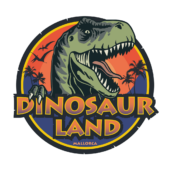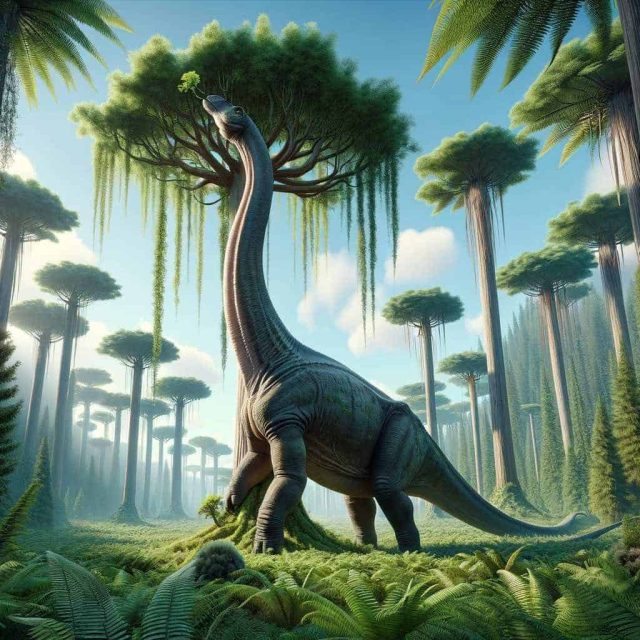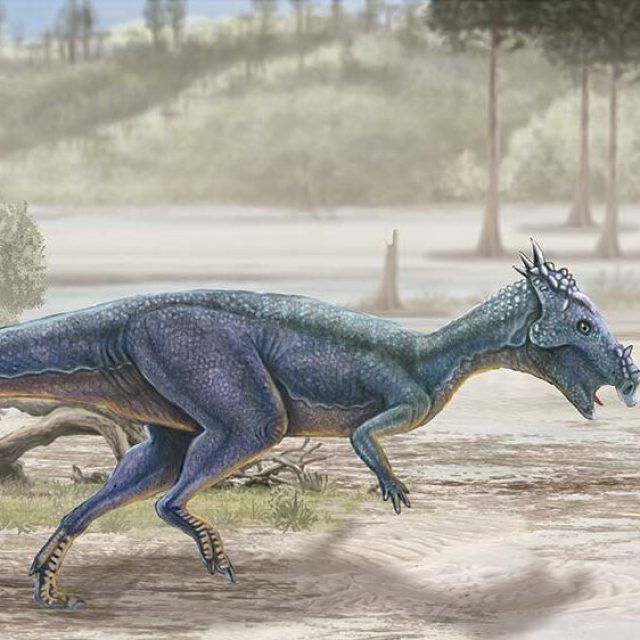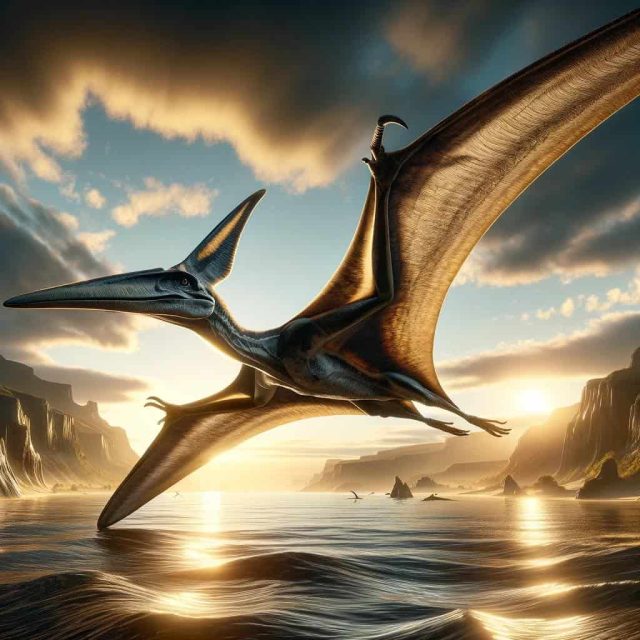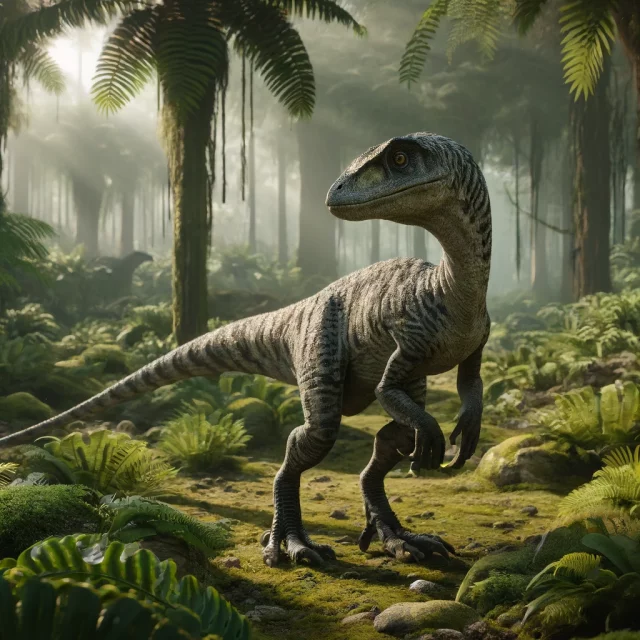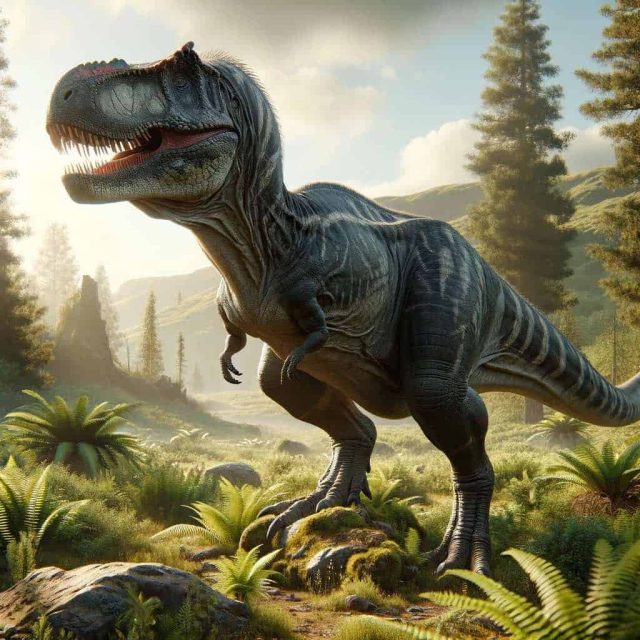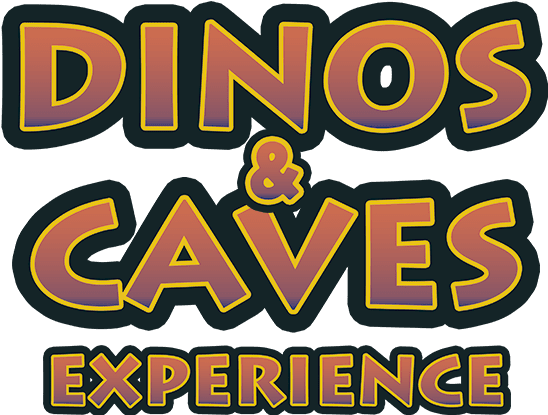Its name means thick-headed reptile. It had an incredibly thick skull (25cm), a tiny brain and large eyes, suggesting it had good vision. By lowering its head, its body became completely horizontal giving it the ability to ram like a battering ram. It was a grazing dinosaur that lived in small groups. It is believed that it was the adult growth stage of the same species, along with Dracorex and Stygimoloch.
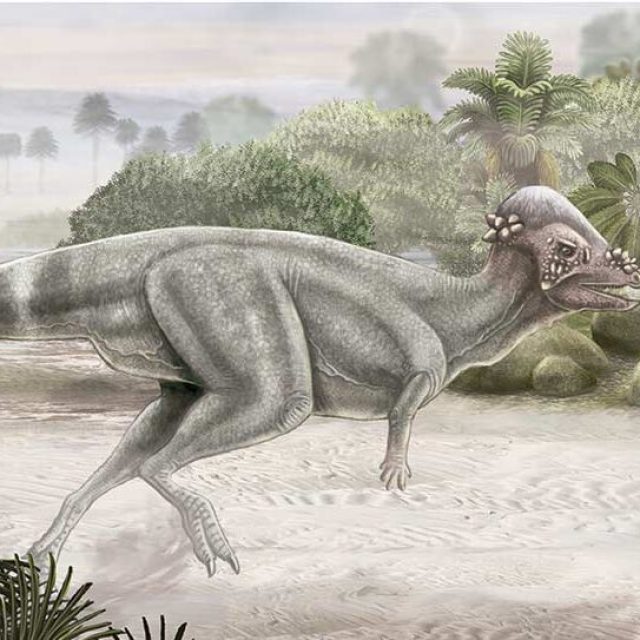
Pachycephalosaurus
Family
ornistiquios
Era
Cretácico tardío, hace entre 76 y 65 millones de años
Where he lived?
Montana, EE. UU. y Alberta, Canadá
Weight
2.000Kg
Height
2m
Length
5m
see more dinosaurs
plan your visit
